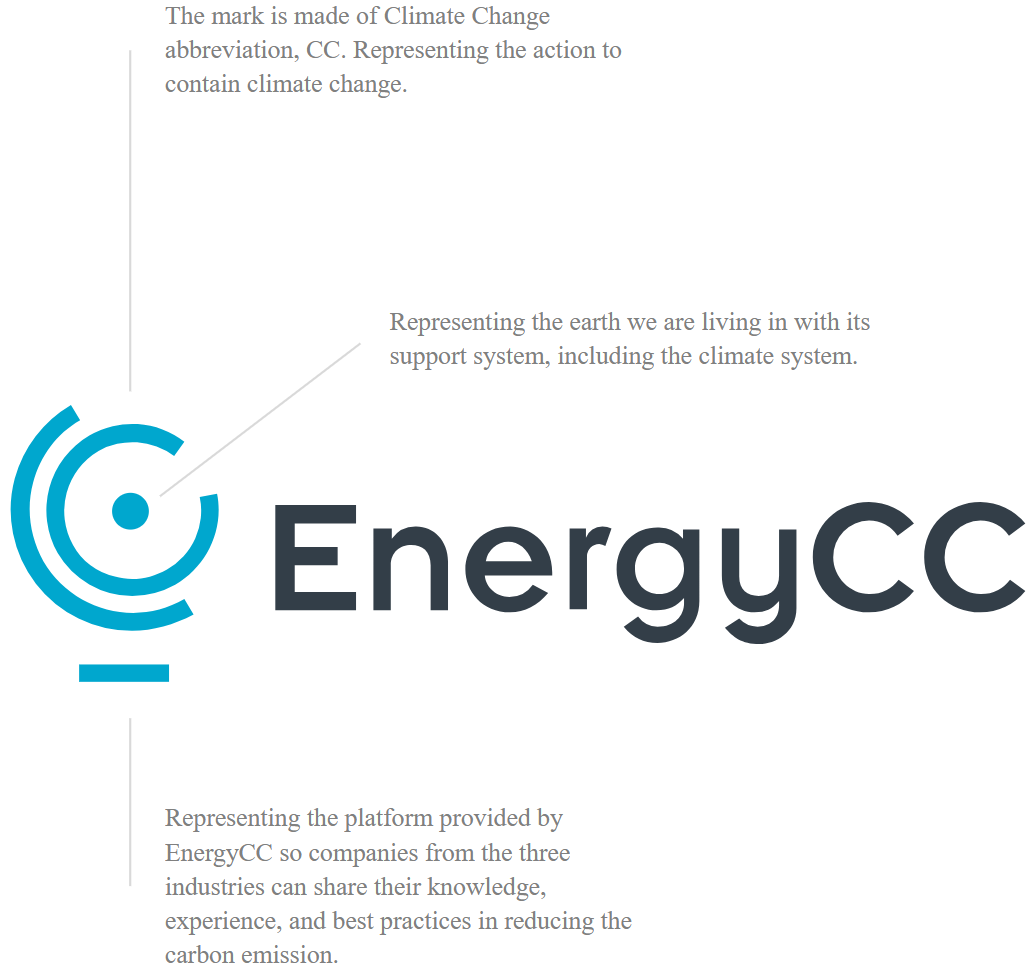EnergyCC focuses on collaboration across the energy and finance industries. Therefore, EnergyCC is comprised of experienced individuals with a background in all of these industries. In addition to its leadership, EnergyCC draws on and amplifies the practical work already underway in these industries to speed up, replicate, and scale up successful ongoing approaches. We are particularly motivated to seek the input of young people in the work that we do.
Working together for COP21, EnergyCC catalyzes the energy industry and investors to significantly scale up action.





